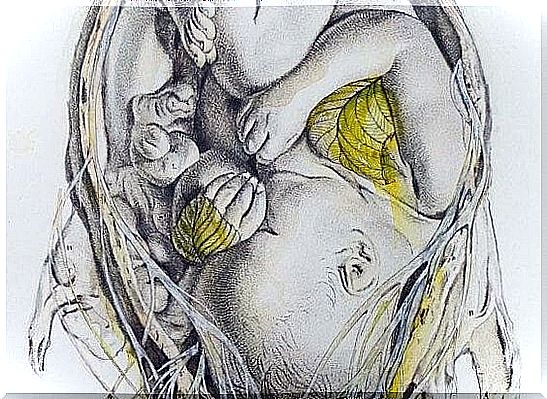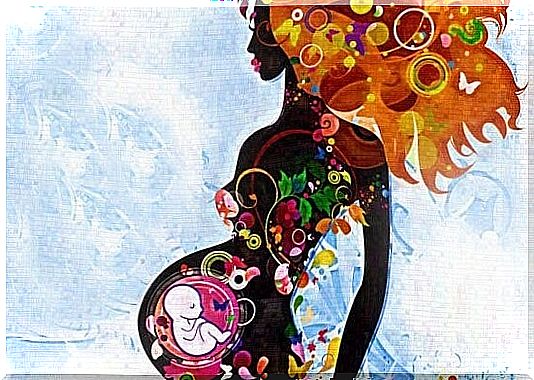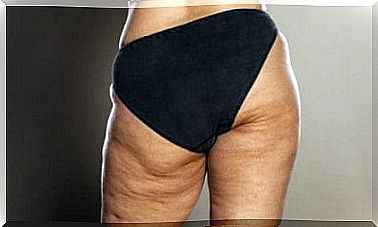Women Need A Year To Recover From Childbirth
To say that a woman takes a year to recover from childbirth is for many an exaggeration. However, a recent study makes it clear: the length of maternity leave does not match the real needs of a mother who has just given birth.
Dr. Julie Wray of Stanford University conducted a study on the postnatal reality of women in various countries around the world, showing that even though every body is unique, on average, most new moms need an average of 12 months to fully recover both physically and mentally.
This situation makes the woman more vulnerable. The task of motherhood is perhaps the most difficult and beautiful, but even if the vast majority of new mothers return to work commitments quickly, it does not mean that the body has had adequate recovery.
This should be taken into consideration, not only to adjust maternity and paternity leave, but also to implement better medical, health, social and psychological care strategies.
Let’s see some interesting data that will undoubtedly help us better understand the topic we are dealing with.
The puerperium, a difficult stage
The puerperium is that period begins immediately after childbirth and extends until the mother’s body returns to an adequate pre-gestational state, namely: total recovery of normal physical, organic and hormonal characteristics.
It is common to think that the puerperium lasts an average of 40 days. But what sometimes escapes us is that the puerperium has various phases. Let’s look at them in detail.
Stages of the puerperium
- The immediate puerperium: lasts about 24 hours and leads to physical recovery from childbirth.
- Postpartum puerperium: it is linked to the genital involution of the woman, to the appearance of the lochia, to the exit of milk.
- The remote puerperium : it would last up to 45 days, when the return of menstruation occurs.
- Late puerperium: can reach up to 12 months and for many specialists it constitutes the complete recovery of the woman’s body after childbirth.

How does a woman’s body change during the postnatal period?
- Changes in the circulatory system: Heart rate returns to normal after childbirth. It is normal for blood pressure to drop during the first few weeks. Hemorrhoids are also common.
- Hormonal changes associated with progesterone, the endocrine glands, the pituitary gland which regulates milk production.
- The volume of the abdomen decreases to be able to adjust the position of the diaphragm so that breathing begins to be deeper again.
- The stomach and intestines experience changes in dilation. As a result, a few weeks may pass in which the mother suffers from slow digestion, constipation, poor appetite.
- During the months following childbirth it is common to suffer from urinary infections due to the bladder recovery path.
- At the same time, many women can experience lowered defenses after birth.
A few weeks are not enough to recover from childbirth

When a woman gives birth, it won’t take a few days to initiate a gesture that only she understands. He gets up when the baby needs to take care of him. It doesn’t matter how little she slept, or how tired she is, or how much her body has changed.
A mother will do whatever the new life needs. However, if the mother has work responsibilities, she must separate from the child to resume her profession. Even though her body has not yet recovered, even though her new emotions are still difficult to decipher and related to the baby.
Countries like Norway or Sweden are very aware of this physical, organic, hormonal and emotional reality. If it takes a year to recover from childbirth, rest from work can last up to 16 months in such states.
At this stage, fathers are also included, because it is understood that the growth of a child is something that concerns both parents and in the first months of life neither the child nor the mother should be alone.









